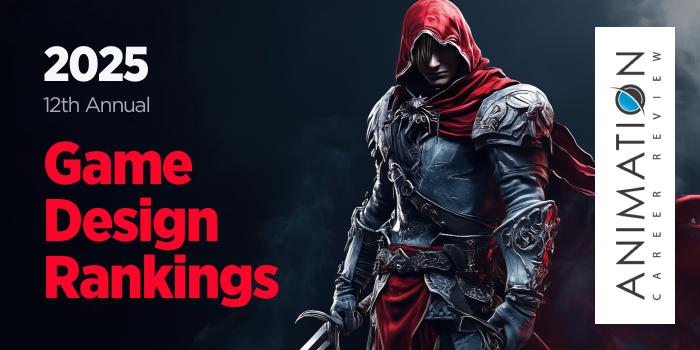Purdue University is home to Purdue Polytechnic Institute, which houses the Department of Computer Graphics Technology (CGT). Within the department are several paths to study game design including the CGT BS with a major in Game Development and Design; a CGT MS; and a Technology PhD. All programs are hands-on and ABET-accredited with access to state-of-the-art labs such as the Games Innovation Laboratory; Visual Effects Lab; IDEA Laboratory; VR Lab; the Experience Design Laboratory (ExLab); and the CGT Computer Lab.
The CGT BS with a Game Development and Design major is a STEM-designated program that explores game design, visualization, rendering, animation, and programming. Students will have opportunities to engage in collaborative projects with peers and instructors. Past projects have focused on areas such as games utilization in entertainment; sustainable energy, medicine, and therapy; and information visualization.
The Game Design and Development major requires 54 credit hours, with 39 credit hours focused on games. Course examples include Introduction to Games; Fundamentals of Imaging Technology; Computer Graphics Programming; Game Development I: Core Skills and Technologies; Game Development II: Design and Psychology; User Experience Design Studio; Game Development Practicum; and Contemporary Problems in Applied Computer Graphics I-II.
For the culminating experience, all CGT BS students will complete a professional portfolio across several courses. Graduates are prepared to pursue roles in game design and development, animation, visualization, simulation, software design, and advertising, among others. Program alumni have been hired at places such as Electronic Arts (EA), Amazon, Riot Games, Lockheed Martin, Zynga, Raytheon, Boeing, PepsiCo, Endeavor Air, Caterpillar, and the Lawrence Livermore National Laboratory.
The CGT MS at Purdue Polytechnic enrolls approximately 100 students annually. The program provides five concentrations including Games; Animation; Virtual Reality and Visualization; UX Design; and Artificial Intelligence for Computer Graphics. Students in the Games concentration will take courses such as Game Development I-II; Computer Graphics Programming; Advanced Real-Time Computer Graphics; Games Research; Computer Shaders; Experimental Statistics; and Seminar in Computer Graphics Technology.
Other CGT MS features include small class sizes; opportunities to work on real-world projects; and research opportunities. Graduates are prepared to pursue teaching, research, and other leadership roles in areas such as game design and development, animation, virtual reality, UX design, visualization, software design, artificial intelligence, computer graphics programming, and simulation.
The CGT MS program at Purdue Polytechnic culminates with the MS Thesis completed across two courses. Program alumni have been hired at places such as Google, DreamWorks, Deloitte, and Salesforce.
The Technology PhD Program at Purdue University provides opportunities to work with faculty on computer graphics, visual computing, and human-computer interaction. The program also allows students to select 30 credit hours of courses selected from six schools and departments. These courses will help students build a custom specialization.
Technology PhD also have the opportunity to select 27 credit hours from any college or school other than Purdue Polytechnic. Students interested in games typically select Computer Graphics Technology, which includes game studies, human-computer interaction, computer animation, digital enterprise systems, user experience (UX) design, artificial intelligence, computational art, data visualization, and more.
The culminating experience for the Technology PhD program is the dissertation. Program alumni are prepared to pursue leadership roles in areas such as game design and development, software design, artificial intelligence, animation, simulation, virtual reality, UX design, visualization, and computer graphics programming. Program alumni also go on to pursue careers in research, education, and consulting.
Purdue University is Indiana’s only land-grant university. Established in 1869, the school serves approximately 60,240 students, making it the second largest university in the state. Approximately 11% of all students at Purdue are enrolled at Purdue Polytechnic Institute. More than 400 programs are provided across 11 academic colleges and schools—including Purdue Polytechnic. Purdue University is accredited by the Higher Learning Commission (HLC).





